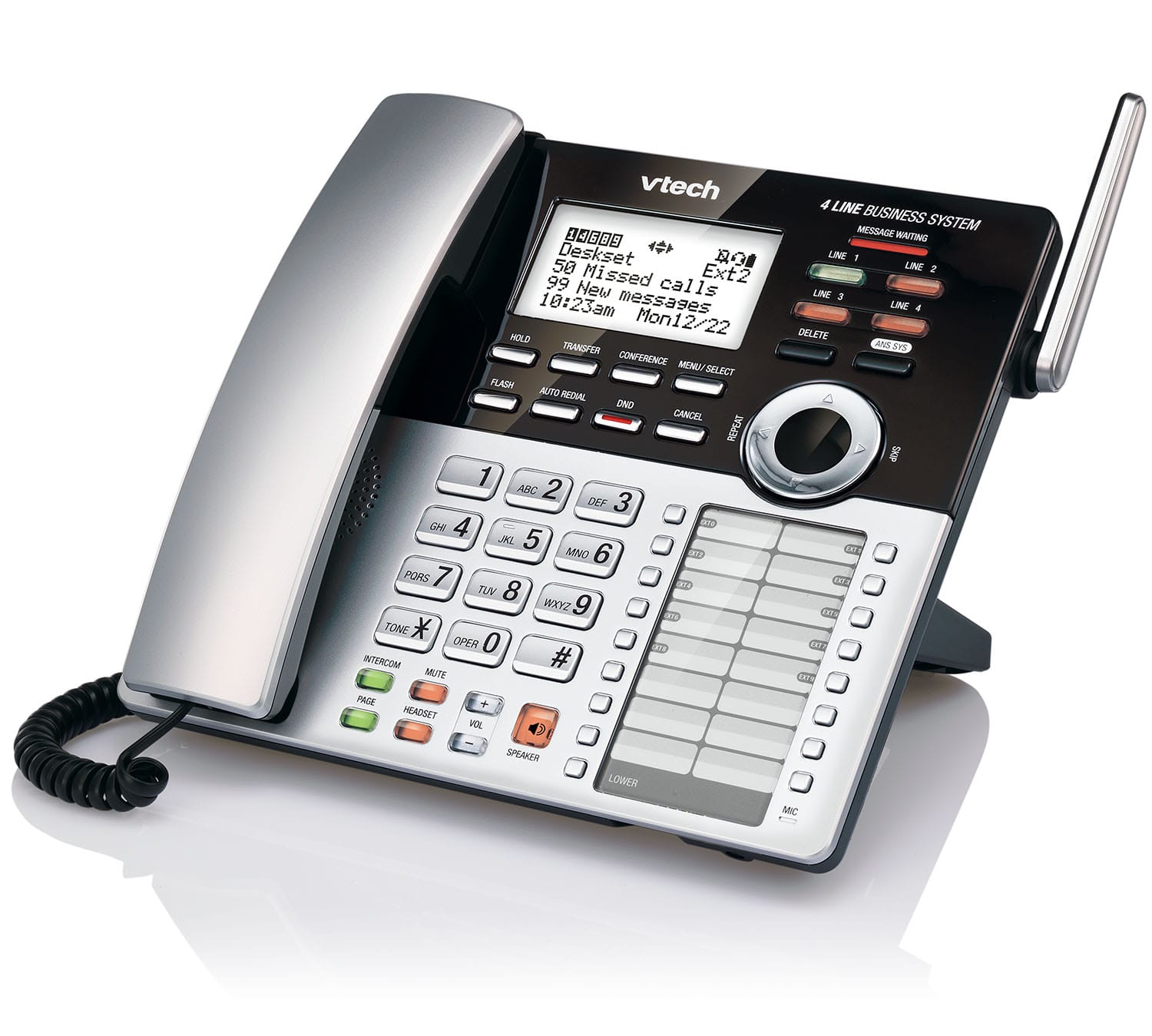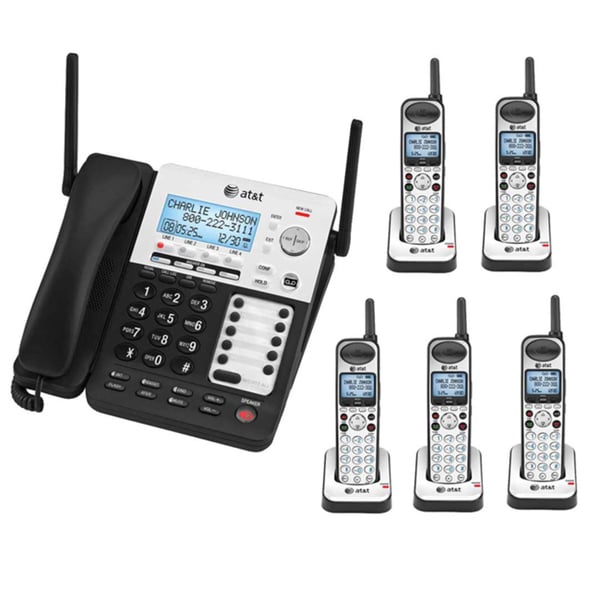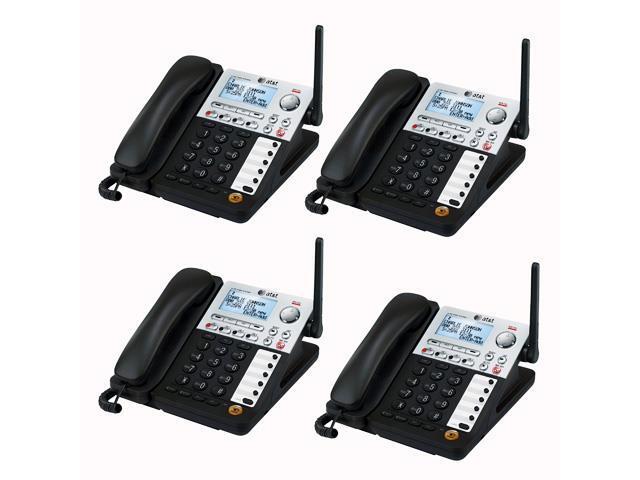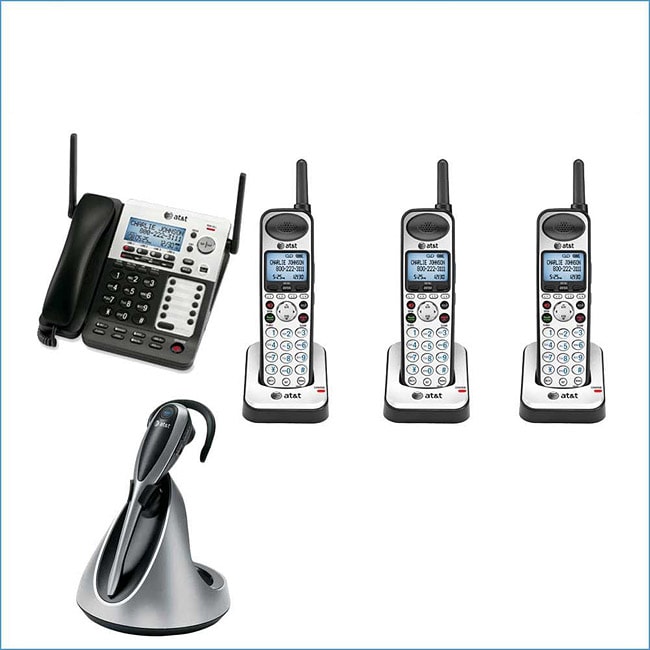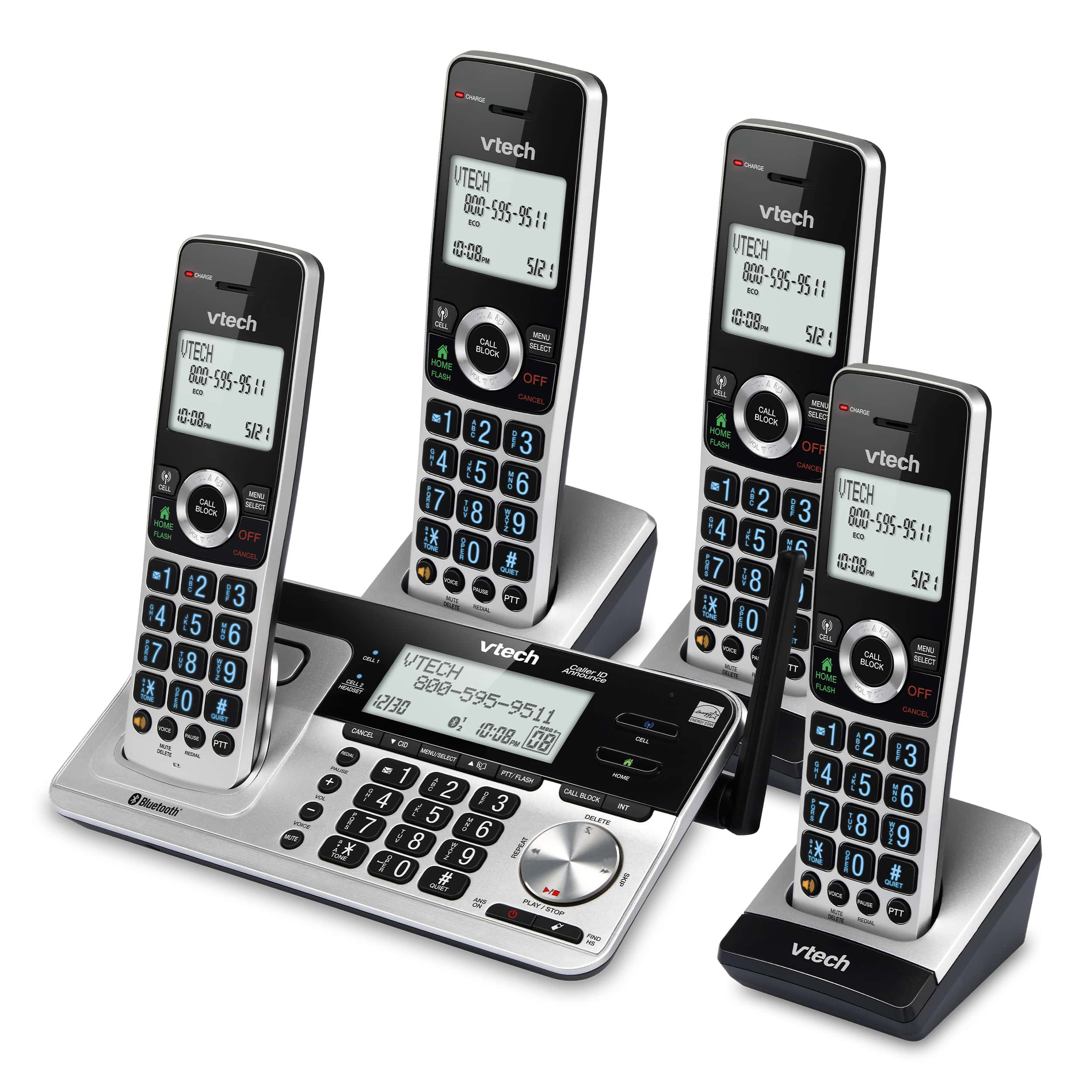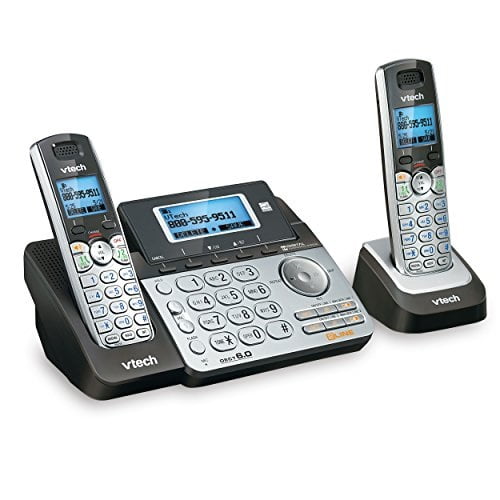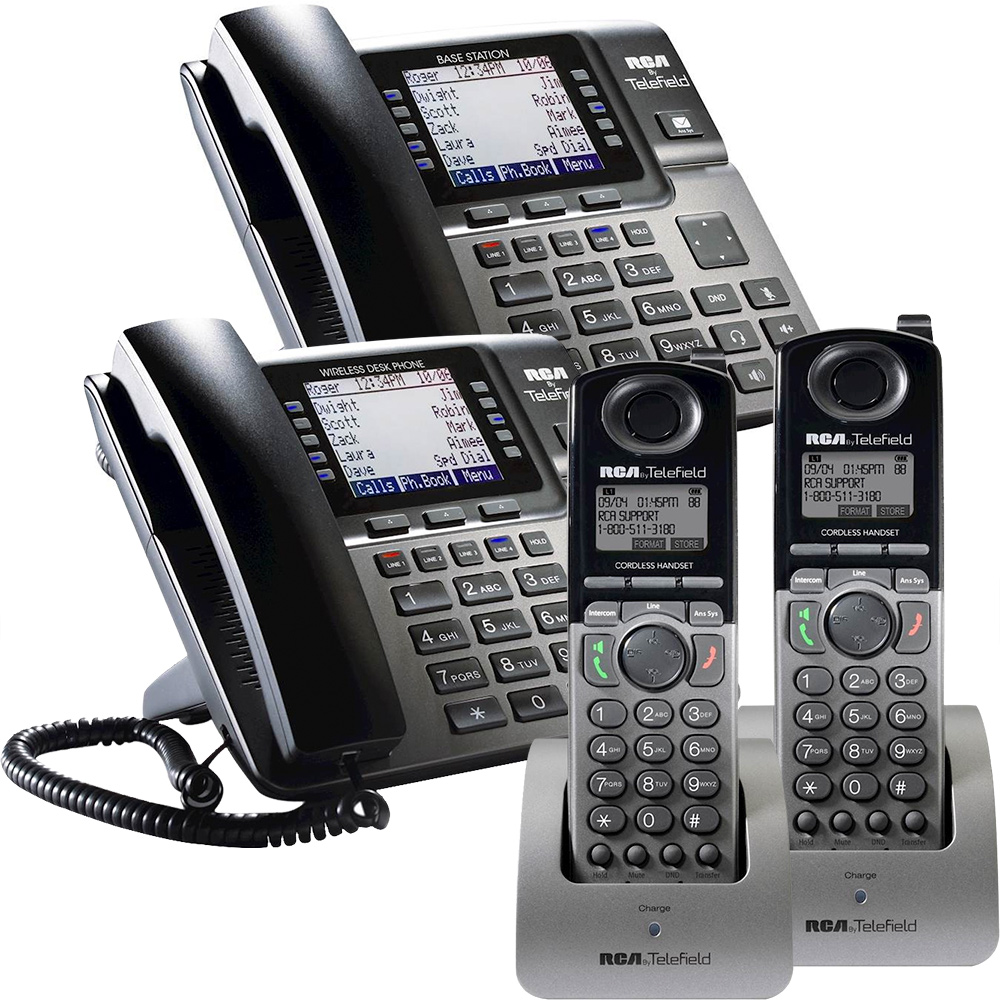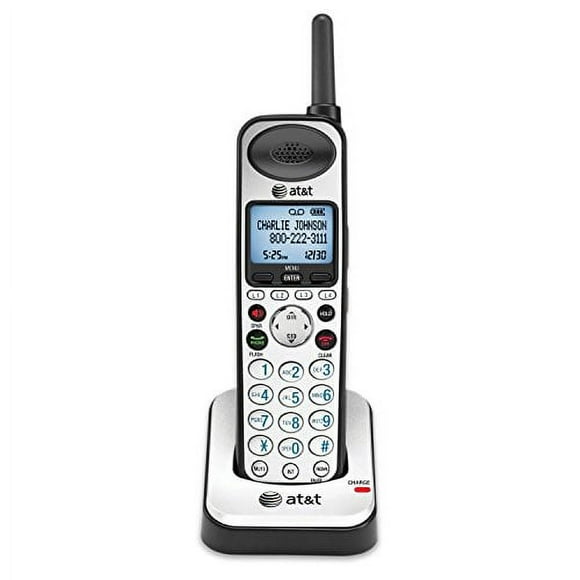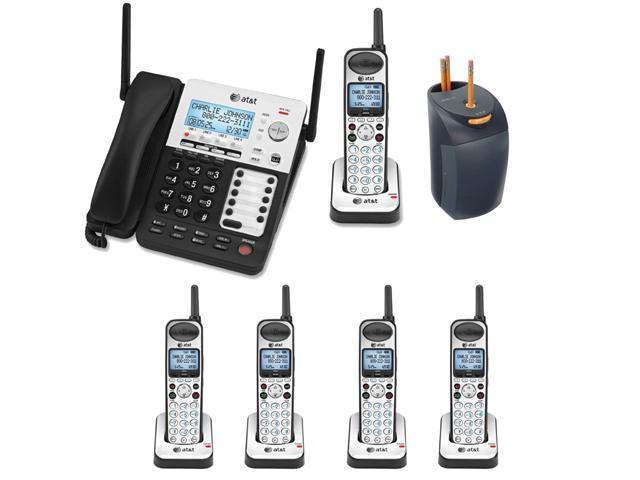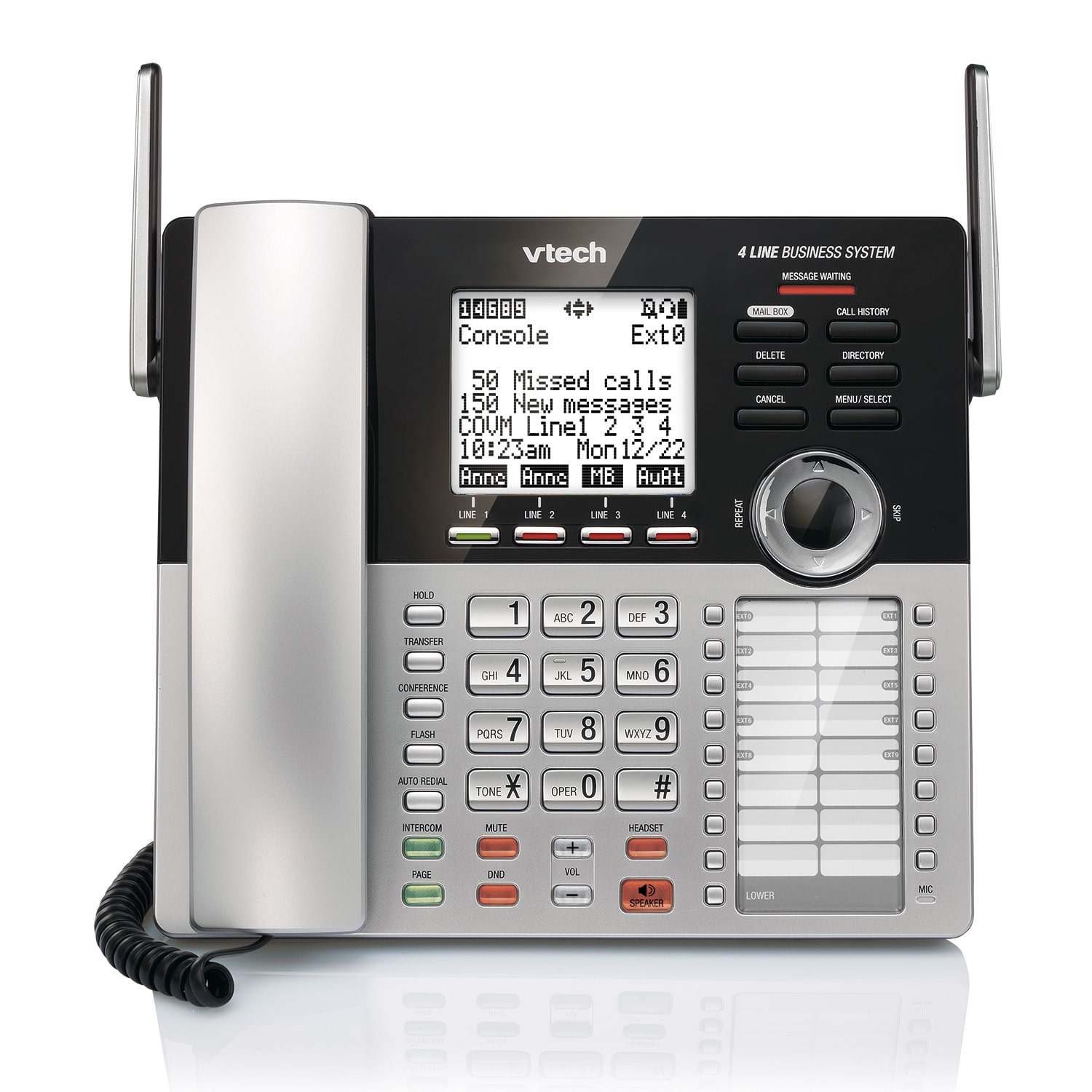Small Business Cordless Phone System
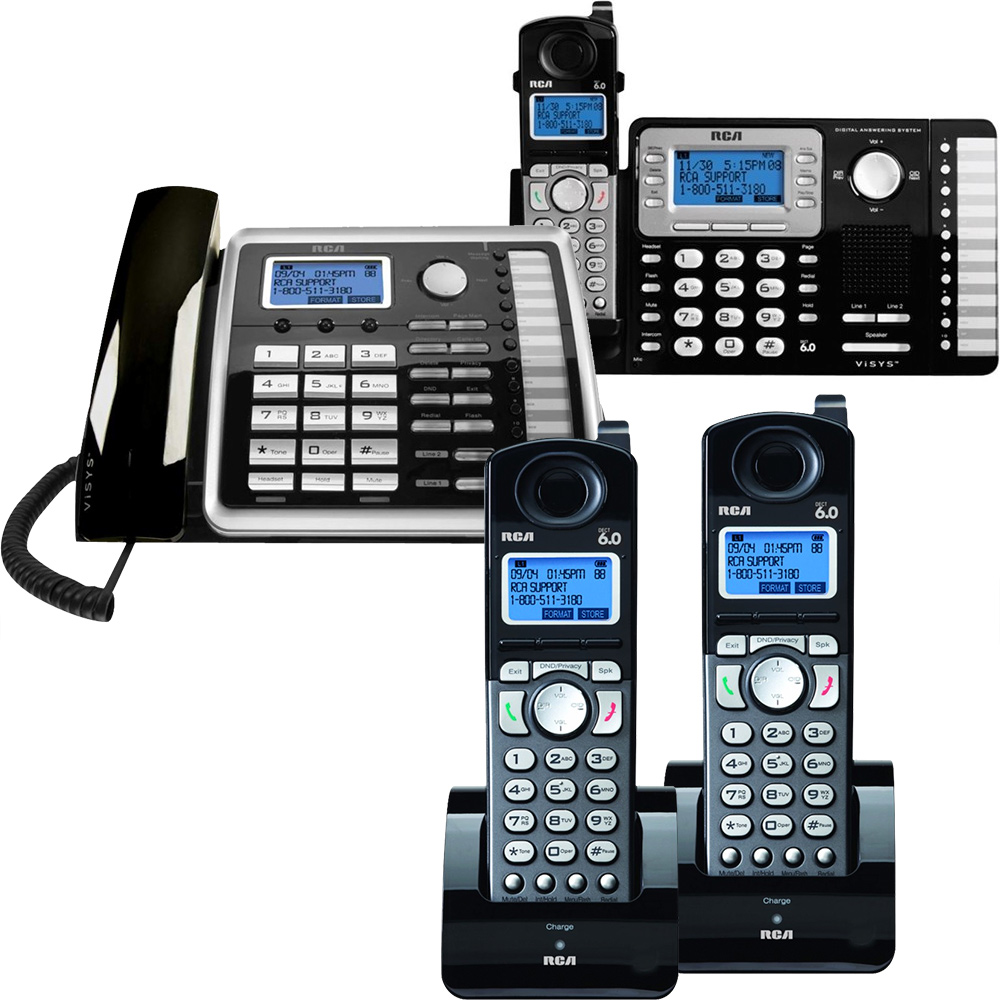
Small businesses face a critical communication upgrade opportunity: cutting-edge cordless phone systems. Outdated landlines are becoming relics, and a modern, flexible system is now essential for maintaining a competitive edge.
This shift empowers businesses to enhance mobility, improve customer service, and streamline operations, often at a lower cost than traditional setups. But the transition requires careful planning and informed decision-making.
The Cordless Revolution: What's Driving the Change?
Cordless phone systems are no longer a luxury, but a necessity. Cloud-based VoIP (Voice over Internet Protocol) systems are leading the charge.
They offer features like call forwarding, voicemail to email, and integrated mobile apps. This enables employees to stay connected regardless of their location.
Key Benefits for Small Businesses
Mobility: Employees can answer calls from anywhere within the office or even remotely, improving responsiveness.
Cost Savings: VoIP systems often eliminate the need for multiple phone lines and reduce long-distance charges.
Scalability: Systems can easily scale up or down based on business needs, adapting to fluctuating demands without major hardware overhauls.
Enhanced Features: Modern systems boast features like auto-attendant, call recording, and CRM integration, which are typically unavailable with traditional landlines.
Navigating the Options: Choosing the Right System
The market is flooded with options, and selecting the right system requires careful consideration. Consider factors like the number of employees, call volume, and required features.
Popular providers include RingCentral, Nextiva, and Vonage Business. Each offers varying plans and pricing structures, catering to different business sizes and needs.
Security is paramount. Businesses must ensure the chosen system offers robust encryption and security measures to protect sensitive data.
According to a recent report by Grand View Research, the global VoIP market is expected to reach $74.3 billion by 2027. This signifies the growing adoption of these technologies across various industries.
Real-World Impact: Success Stories
Several small businesses have already experienced tangible benefits. A local real estate agency, for example, reported a 20% increase in client responsiveness after implementing a cordless VoIP system.
Their agents can now handle inquiries while on the go. This eliminates missed opportunities and improves client satisfaction.
A retail store reduced operational costs by 15% by consolidating multiple phone lines into a single VoIP system. It streamlined their communication process.
Implementation Challenges and Solutions
Implementing a new phone system can be challenging. Network connectivity issues and employee training are common hurdles.
Businesses should ensure a stable internet connection and invest in adequate training to maximize system effectiveness. Proper planning is essential.
Some providers offer professional installation and ongoing support. This helps mitigate potential issues.
Immediate Action: Steps to Take Now
Small businesses should immediately assess their current phone systems. They should identify areas for improvement, and research available cordless options.
Obtain quotes from multiple providers and compare features and pricing. Consider starting with a free trial to test the system before committing.
The time to upgrade is now. Procrastination means falling behind the competition. Secure a more efficient and cost-effective communication solution today.
Stay tuned for ongoing coverage of advancements in small business communication technologies. Future articles will delve into specific provider comparisons and advanced features.
